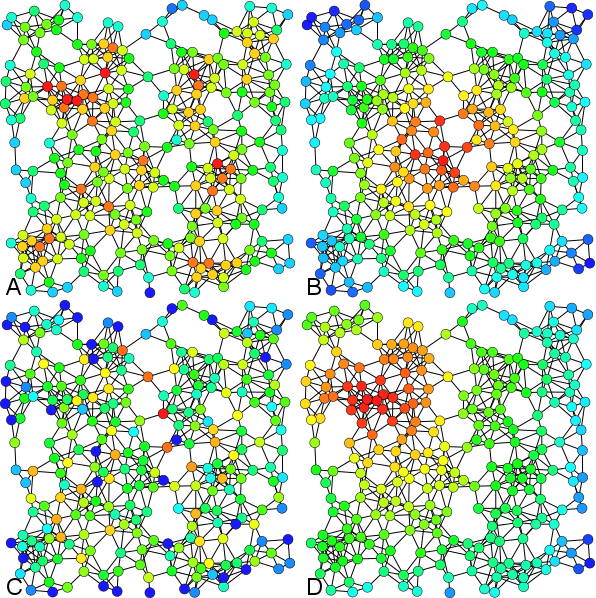Functional Programming Penny Chat
Better late than never for my Penny Chat Review for Bryan Hunter's FP discussion. Here are some of the things that I picked up:
Better late than never for my Penny Chat Review for Bryan Hunter's FP discussion. Here are some of the things that I picked up:
I had a great Penny Chat with Kara Fulgum regarding a very foreign concept to me, Influence Marketing. But first off...
Influence Marketing is a form of marketing in which focus is placed on specific key individuals rather than the target market as a whole. It identifies the individuals that have influence over potential buyers, and orients marketing activities around these influencers. (Yep, totes stole that from Wikipedia.)
If you've been friends with me for very long, you've probably heard me reference my mysterious side-project, the social-network-infiltrator! Basically it is a Twitter graph scraper that is able to apply simple algorithms and answer interesting questions. Questions like:
As a developer, my understanding and respect for software testing has been slow coming because in my previous work I have been an engineer and a consultant, and in these roles it wasn't yet obvious how important testing really is. But over the past year I have finally gained an appropriate respect and appreciation for testing; and it's even improving the way I write code. In this post I will explain where I've come from and how far I've traveled in my testing practices. I'll then list out some of the more important principles I've picked up along the way.
In his 1943 paper, A Theory of Human Motivation, Abraham Maslow introduced a simple principle that has had a profound influence in the fields of psychology and sociology. Namely, he introduce the concept of a hierarchy of human needs which he termed Physiological, Safety, Belongingness and Love, Esteem, Self-Actualization and Self-Transcendence. And Maslow's big main point here was that it is necessary to first satisfy the basic needs before we can even have the luxury to start worrying about the higher-level concerns. But for me, looking through Maslow's hierarchy in some detail, it seems that all the cool kids hang out towards the top of that hierarchy. I've been there in the past, and am occasionally so fortunate as to touch the top of the hierarchy again from time to time. But I think that I (we) can do better than this! So I determined myself to try and devise a way to "hack" Maslow's Hierarchy so as to maximize the time I'm spending near the top.
If you play around much with graphs, one of the first things that you'll run into is the idea of network centrality. Centrality is a value associated with a node which represents how important and how central that node is to the network as a whole. There are actually quite a few way of defining network centrality - here are just a few:

But, my favorite measure of centrality is eigenvector centrality. Why? Because I invented it! Ok, ok... that's not exactly true, but I did at least independently discover it. And the way I discovered it helped it stick in my mind ever since.
This is the first post of what I hope will be many posts to come. Being the first, I feel that it is import to lay out the themes that I intend to cover and the goals that I expect to achieve. However -- having not the slightest idea of what I will do with this blog, or even if I'll do anything with it at all, you'll have to be satisfied with the pretentious sounding introductory material which you are currently reading.